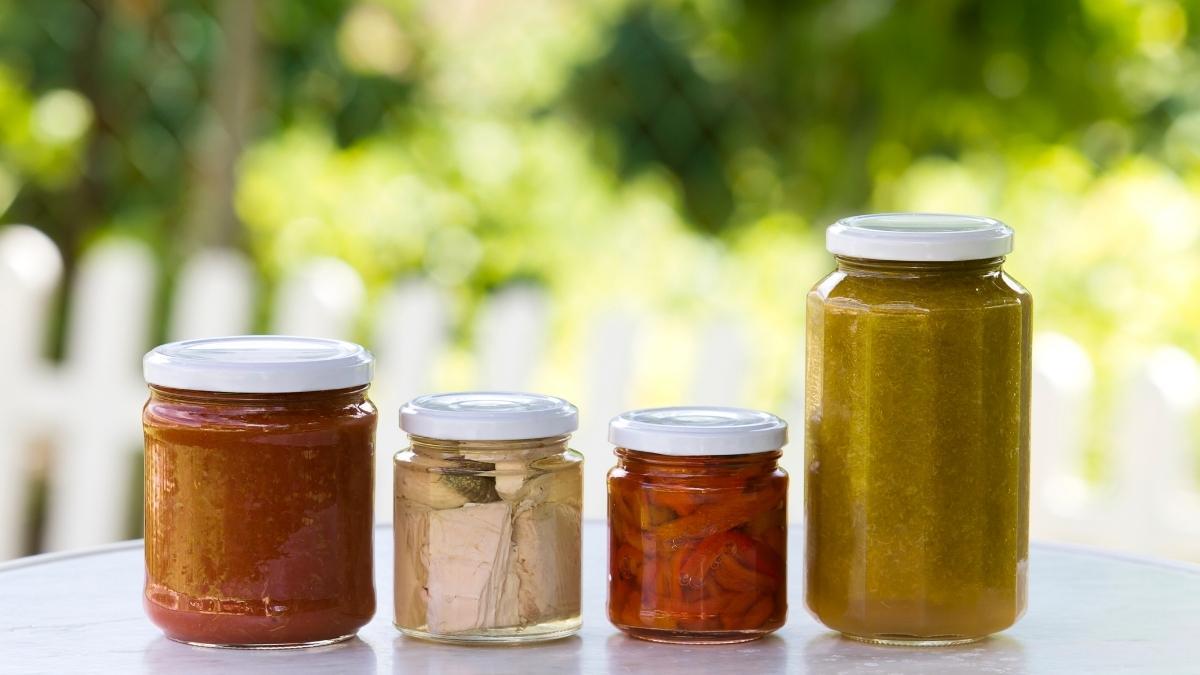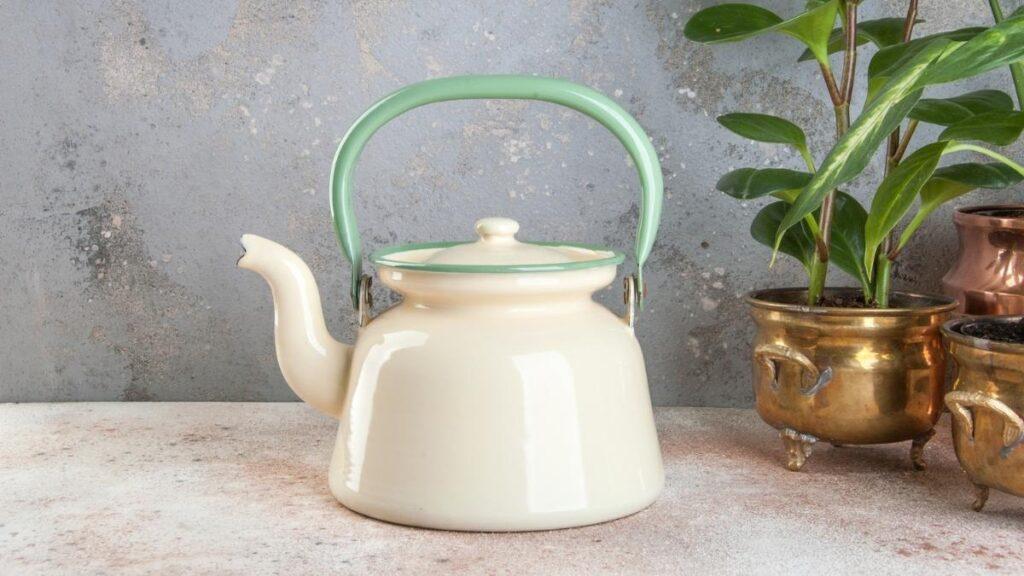
If you’re anxious to get started with canning, you may be wondering if there are other ways to can than with a traditional water bath. Not only can water bath canning be time-consuming, it may be challenging to find all of the equipment you need in time to tuck your garden veggies away for the winter.
In this article, I’ll teach you how to seal canning jars without boiling – and answer some other commonly asked questions about sealing mason jars.
In a hurry? Here’s the quick guide:
According to the CDC, the two safest ways to seal foods that prevent the growth of the botulism spore are water bath canning and pressure canning. Other methods of canning, while they may seal the jar, may not heat enough to prevent foodborne pathogens.
Many people who spend time on craft and DIY websites have been assured of the safety of other niche canning methods by bloggers and home canners despite what the public health authorities have to say. It can be hard to know which source to trust, especially if your sources say they’ve been kettle canning for decades and have never had an issue with botulism.
I’ll dig into these methods and discuss whether it’s possible to get a sanitized, airtight seal. If you’re interested in whether these more accessible canning methods can be used safely, keep reading!
How Do You Seal A Jar Without Boiling It?
Some common methods for sealing a jar without boiling it include kettle canning, inversion canning, paraffin wax sealing, and vacuum pack sealing. While these methods will seal the jar, they do not guarantee sanitized food contents.
Using the Kettle Canning Method To Seal A Jar

To seal a jar using the kettle canning method, boil the food according to the recipe’s instructions, pour directly into a pre-sanitized jar, apply the lid, and let the heat create a seal by leaving it to cool overnight.
While you can still create a seal with this method, studies have shown kettle canning unsafe since the 1930s. According to Penn State, kettle canning is no longer recommended because the food isn’t heated adequately to destroy organisms like the botulism spore. The process of filling the jar can allow molds and yeasts to enter.
Using the Paraffin Wax Sealing Method To Seal A Jar

To seal a jar using paraffin wax, melt the wax in a pan placed on a boiling pot of water. Pour the wax into the prepared jars by the spoonful until it’s almost to the brim. Let it cool to an opaque white before putting on the lid.
Whether this is a safe method of canning is still being debated. With this method, you run into the same problem as with the kettle canning method in that the contents have been exposed to potential mold and yeast as it’s transferred into the jar.
However, some authorities say that paraffin wax is unsafe because the wax shrinks and expands over time, compromising the airtight seal and allowing mold and yeast to enter. Some say that this method is still safe as long as the contents of the jar are eaten after a short period.
In my opinion, the threat of botulism is not worth the convenience of quicker methods, but people are still canning and sealing with paraffin wax successfully, so it might be a judgment call you have to make on your own.
Using Vacuum Pack Sealing To Seal A Jar
You can vacuum pack seal a jar with an oxygen absorber, a vacuum sealing machine, or a brake bleeder. This method of sealing a jar is great for keeping dried foods from getting stale!
With a vacuum sealing machine, you’ll either put a hose or the handheld attachment into the hole and let it do the work of sucking the oxygen out. With each of these methods, you will need a jar attachment. This looks like a plunger and fits over the mouth of the jar. After you put the contents into the jar and put the lid on, you’ll then put the attachment on.
With a brake bleeder, it’s a bit more work, but no electricity is required. You’ll put the nozzle into the hole in the jar attachment and squeeze the handle until it reaches between 15 and 20 percent on the dial. This might require some teamwork – as it gets harder to squeeze the handle the less oxygen is in the jar, and you have to make sure the nozzle is directly perpendicular to the jar, or it won’t seal.
Finally, oxygen absorbers are an excellent tool for quickly storing dry foods in canning jars when you’ve bought something in bulk. Like the above method, be warned – they can be a little tricky, too.
First of all, they begin to absorb oxygen the moment they hit the air, so oxygen absorbers have to be sealed if you’re not using them immediately. Second, you have to be sure to get rid of debris mixed into your product.
Using oxygen absorbers may take up to a week for the jars to fully seal, though this should be fine if they’re safely closed inside the mason jar. Properly sealed dry food can last decades, so this can be a great way to build your dry food storage.
One final note on oxygen absorbers – you can only use them for food that already has a 10% or less moisture level. No other preparation is required for this method except cleaning your jar and lid.
Do You Have To Boil Mason Jars To Seal Them?
You don’t have to boil mason jars to seal them, but boiling is one of only two ways approved by public health authorities to prevent botulism spores and other foodborne pathogens. You can seal a jar with other methods, but it won’t produce sanitary preserves.
Why Do You Turn Jars Upside Down When Canning?
Turning jars upside down is a standard process in kettle canning. The idea is that the heat of the food will help sanitize the entire jar and force the remaining air to escape under the lid. Inversion canning creates a seal but is not strong enough to prevent mold growth.
With water bath canning, you may have heard that it isn’t a good idea to fill the jar too close to the lid as it can prevent a proper seal. Not only can the residue of the jar’s contents get onto the lip of the jar, preventing a seal, but any seal you may have created by locking the heat into the jar with the lid is compromised when you move it. That’s why with water bath canning, you’re advised not to move the jars for at least 12 hours.
Overall, turning jars upside down is unnecessary when the contents have been adequately sanitized and ineffective in all other scenarios.
So there you have it! Hopefully, I’ve convinced you that water bath canning and pressure canning are the only two methods of canning wet foods that are worth the time and effort. While you can seal canning jars using other methods, the threat of botulism ought to persuade you not to risk it. Stay safe!
Originally posted 2022-01-31 03:21:46.
